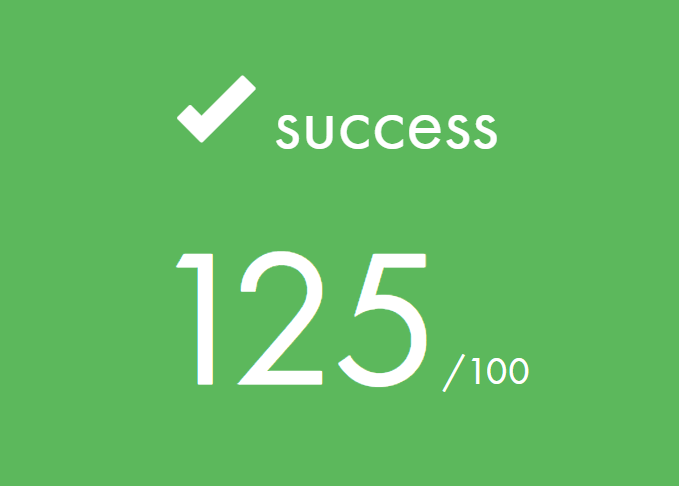This project aims to introduce students to sorting algorithms and computational complexity. The task involves sorting a given list of numbers using only two stacks and a limited number of movements.
The Push swap project is a very simple and a highly straightforward algorithm project: data must be sorted. You have at your disposal a set of integer values, 2 stacks, and a set of instructions to manipulate both stacks. Your goal? Write a program in C called push_swap which calculates and displays on the standard output the smallest program, made of Push swap language instructions, that sorts the integers received as arguments. Easy? We’ll see...
-
- Sorting the given list of numbers correctly.
- Achieving the sort with the least number of movements.
-
- Creating a checker program that takes the movements as input and verify if the movements correctly sort the given list.
You have two stacks named A and B:
Stack Acontains a random number of unique negative and/or positive integers.Stack Bis initially empty.
The goal is to sort Stack A in ascending order using the following operations:
sa(swap a): Swap the top two elements ofStack A. Do nothing if there's only one or no elements.sb(swap b): Swap the top two elements ofStack B. Do nothing if there's only one or no elements.ss: Performsaandsbsimultaneously.pa(push a): Move the top element fromStack Bto the top ofStack A. Do nothing ifStack Bis empty.pb(push b): Move the top element fromStack Ato the top ofStack B. Do nothing ifStack Ais empty.ra(rotate a): Shift all elements ofStack Aup by one. The top element becomes the last one.rb(rotate b): Shift all elements ofStack Bup by one. The top element becomes the last one.rr: Performraandrbsimultaneously.rra(reverse rotate a): Shift all elements ofStack Adown by one. The last element becomes the first one.rrb(reverse rotate b): Shift all elements ofStack Bdown by one. The last element becomes the first one.rrr: Performrraandrrbsimultaneously.
To run the program:
$ ./push_swap <list_of_integers>The list can be passed as individual numbers or a single string of space-separated numbers:
$ ./push_swap 1 3 5 4 2 0 -4or
$ ./push_swap "1 3 5 4 2 0 -4"The program outputs the sequence of operations to sort the stack:
$ ./push_swap 0 4 2
pb
ra
paIf there is an error (e.g., invalid input), it outputs:
$ ./push_swap 0 4 two
ErrorIf no parameters are passed, it does nothing and returns to the prompt
$ ./push_swap
$The bonus part includes creating a checker executable to verify the sorting instructions:
$ ./checker <list_of_integers>You can then input the sorting instructions line-by-line, finishing with Ctrl+D:
$ ./checker 0 4 2
pb
ra
pa
OKIf the stack isn't sorted:
$ ./checker 0 4 2
pb
ra
KO
